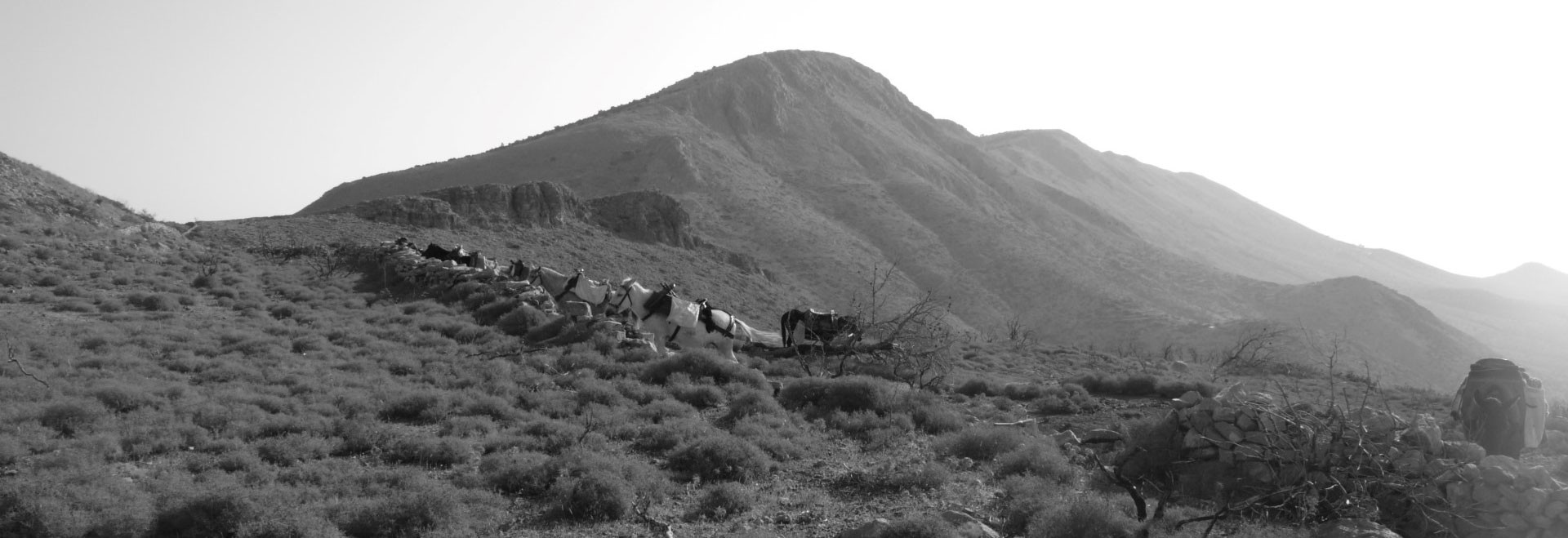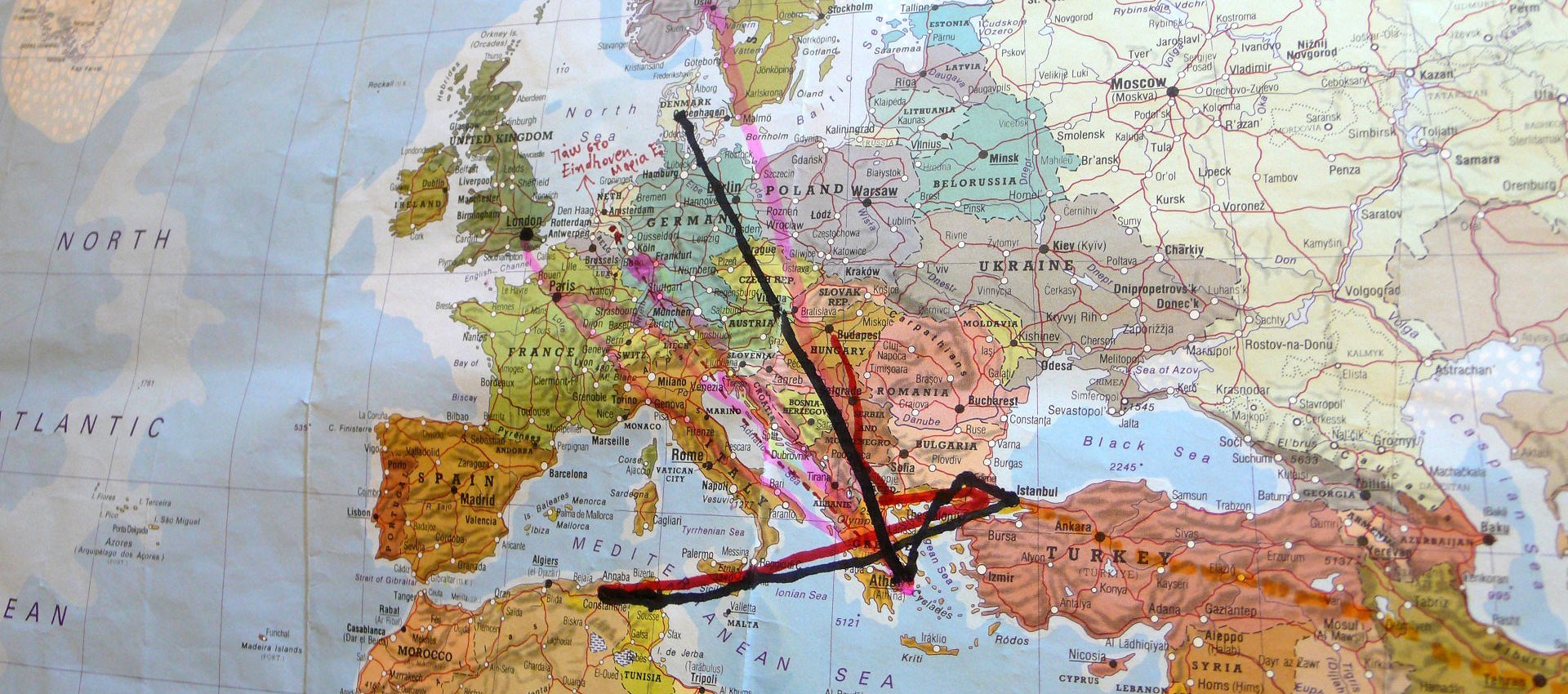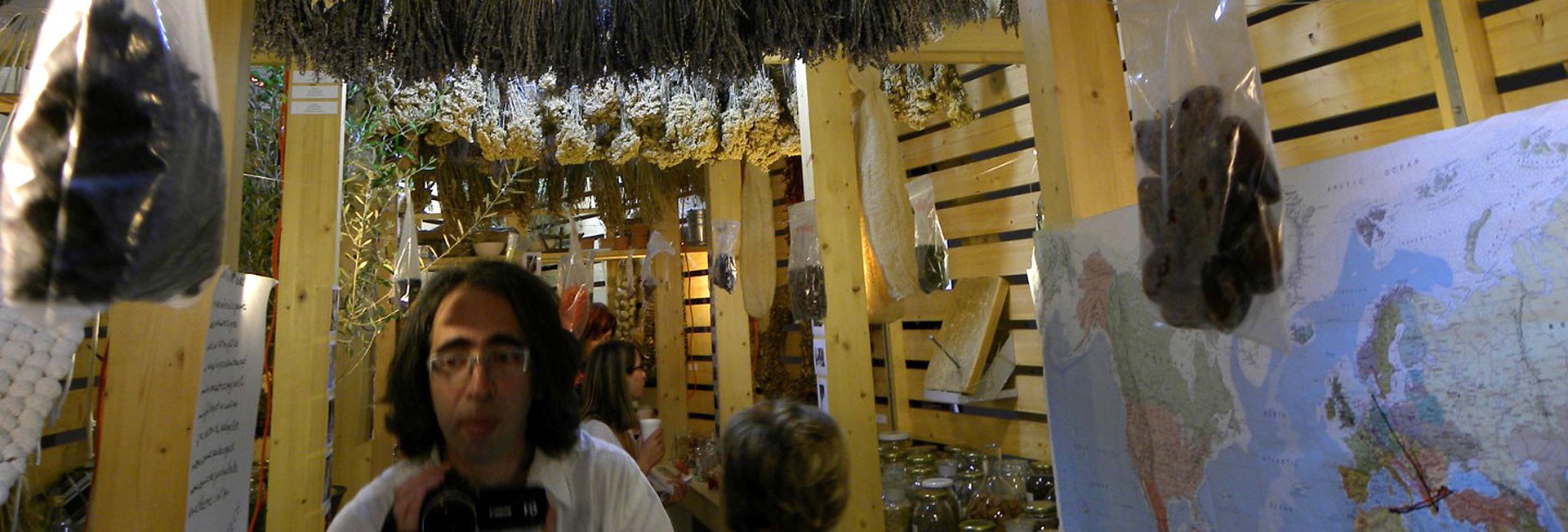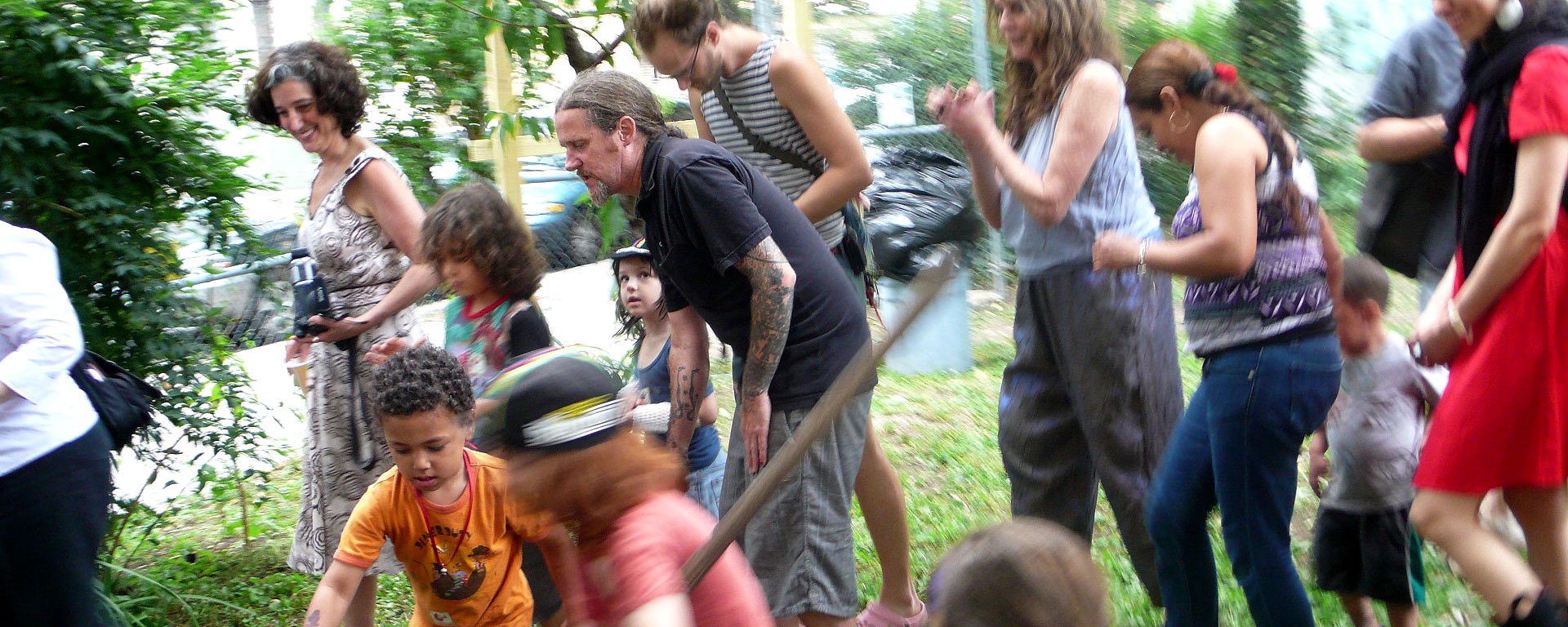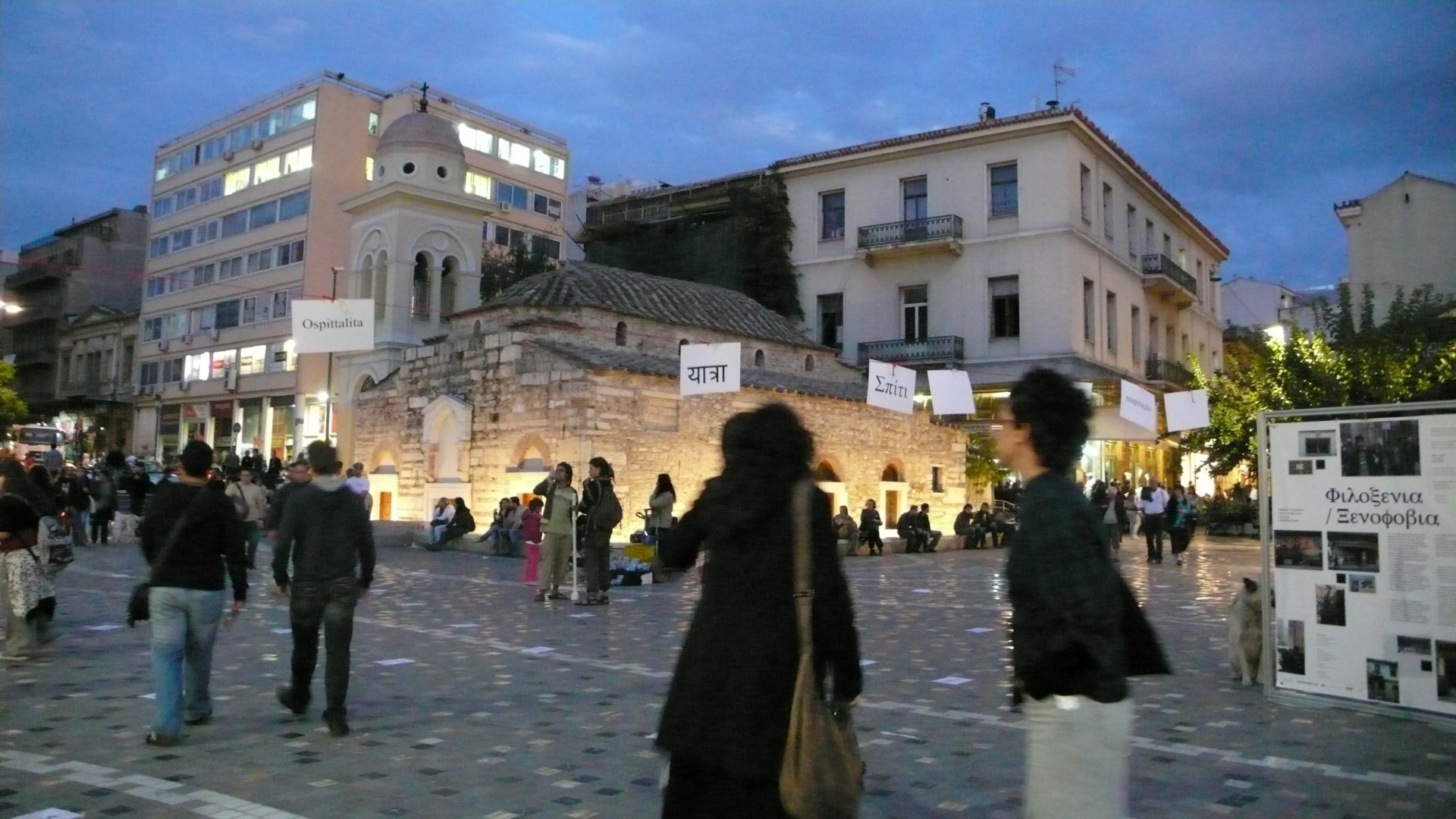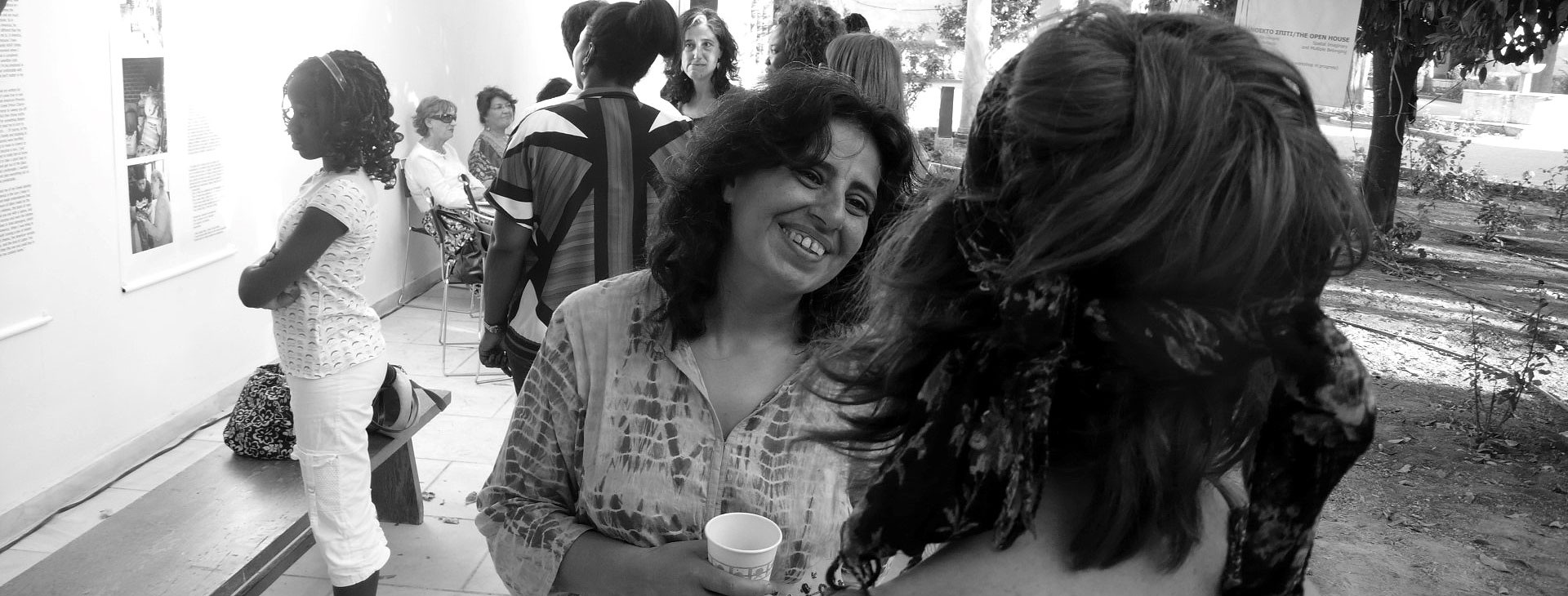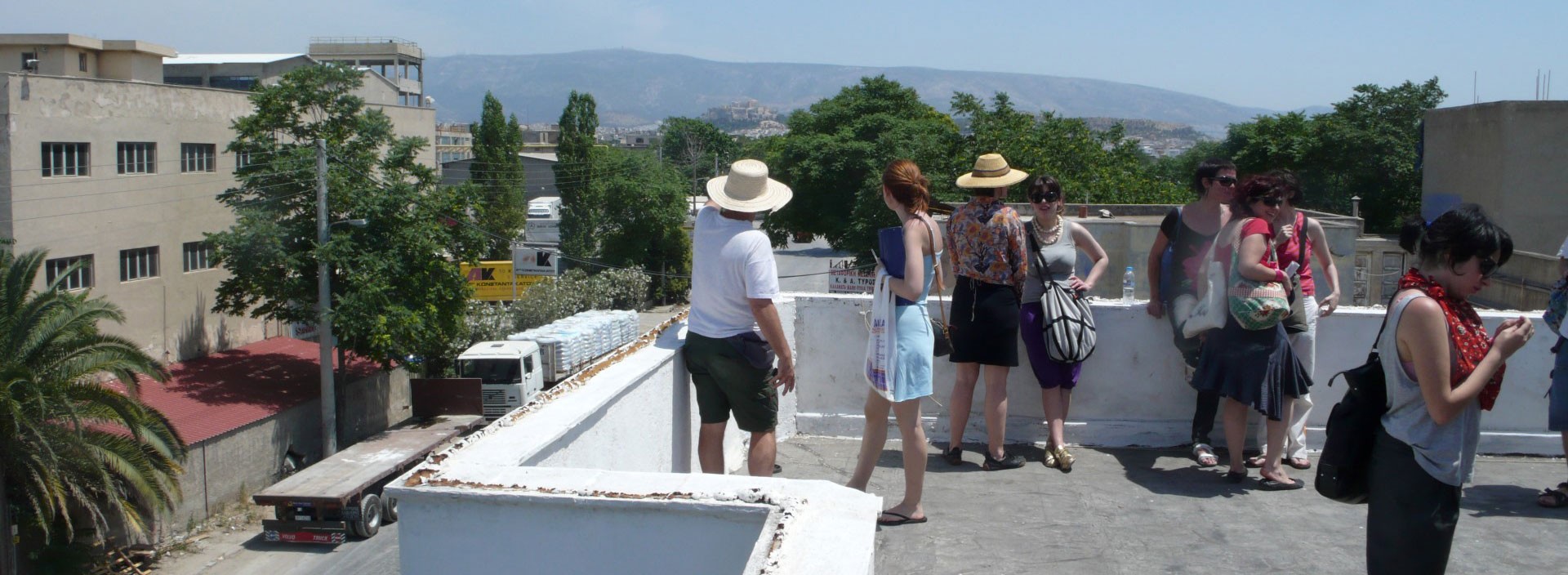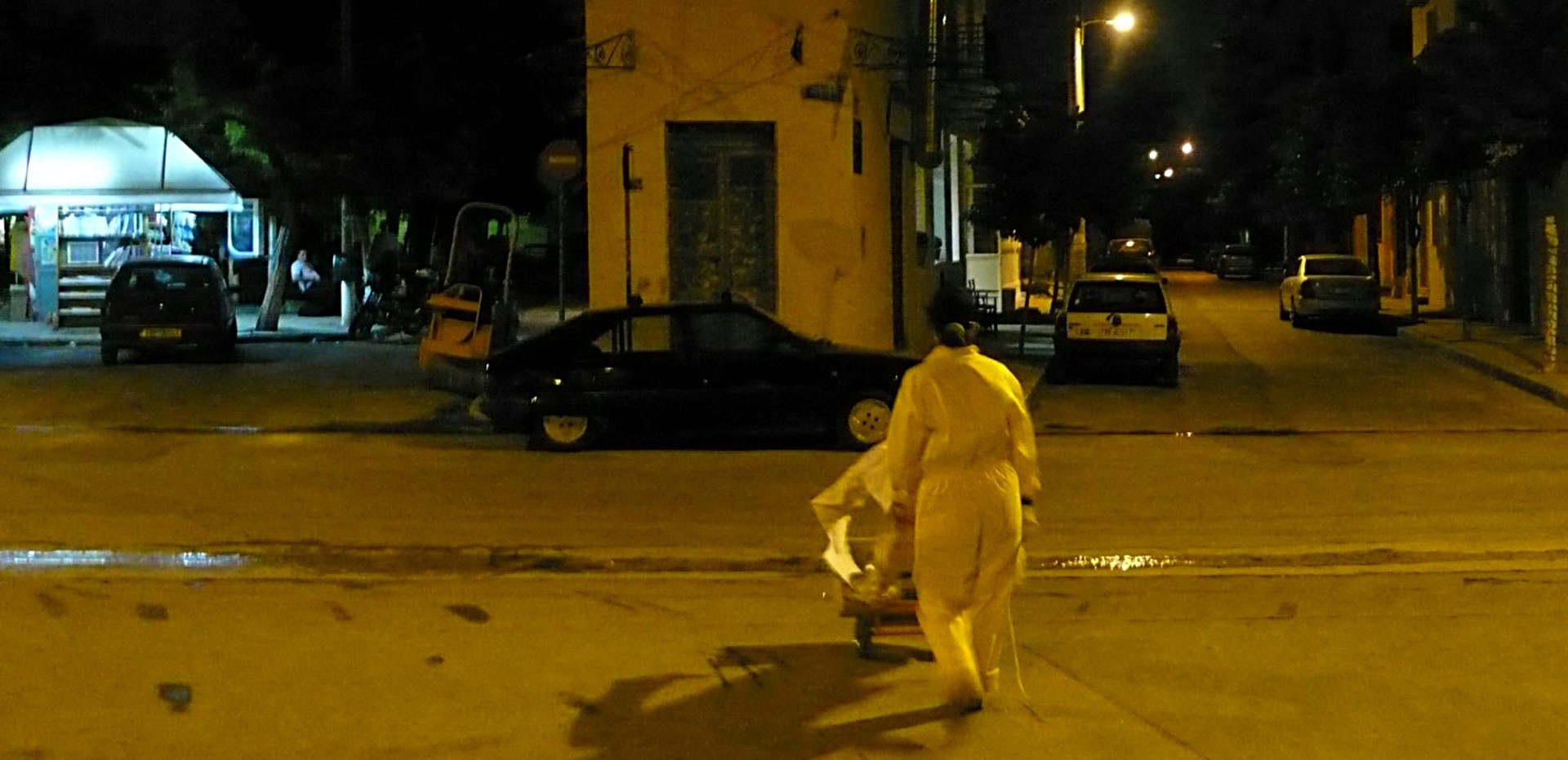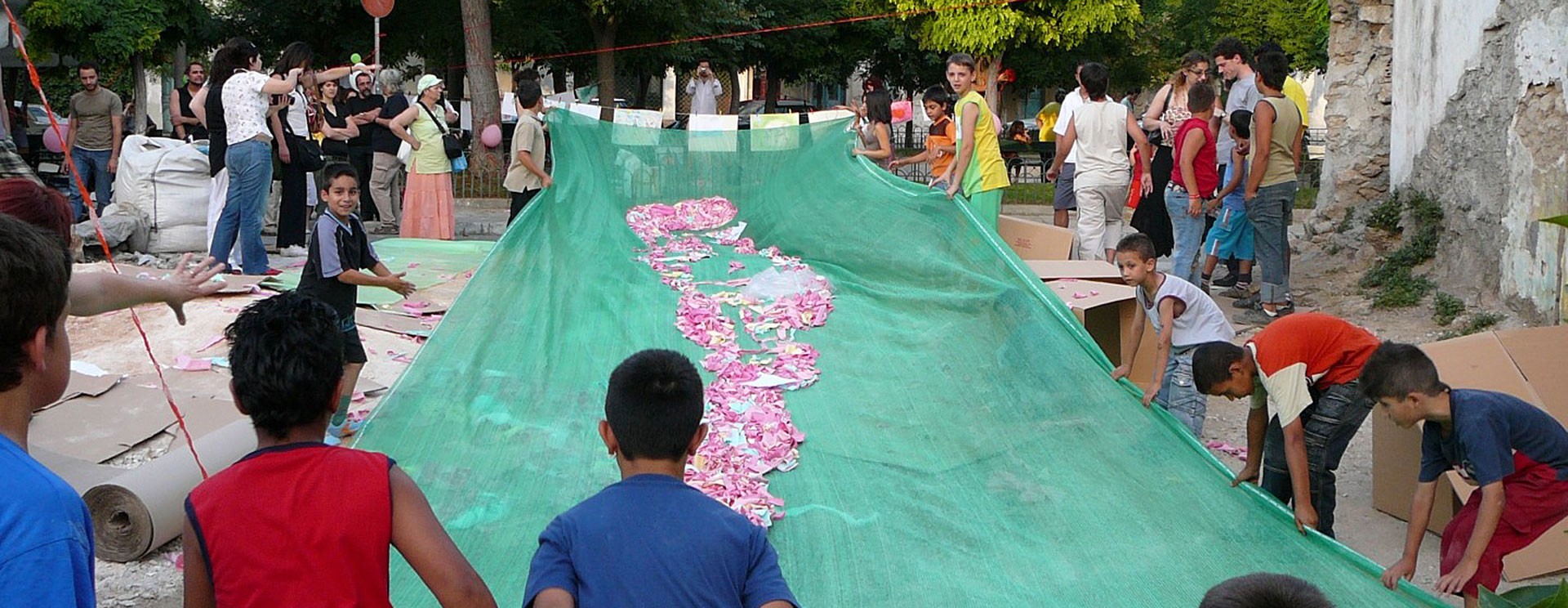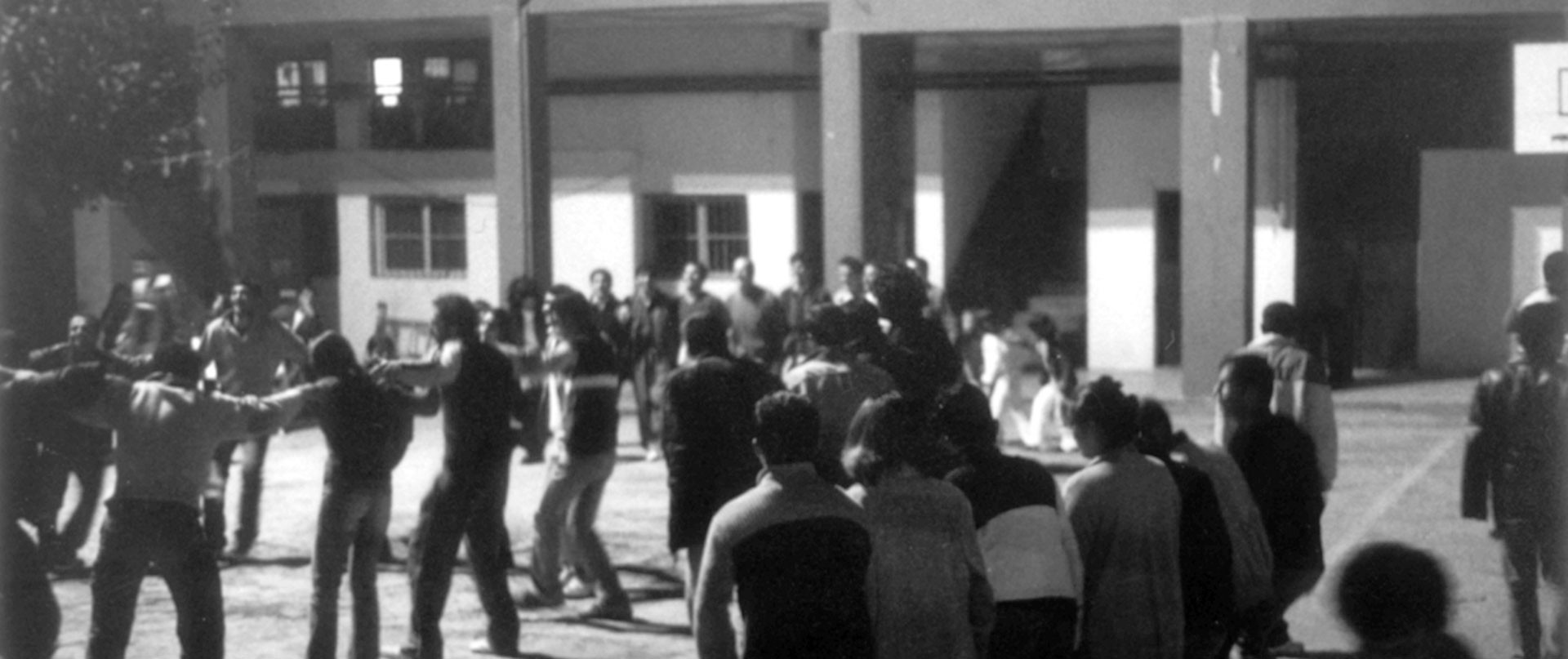By Nikos Papastergiadis
In the 1970s a large graffito appeared in Melbourne: ‘Wogs Run/Turn Cogs’.
‘Wog’ was the racist name for migrants from Southern Europe, and the graffito underlined their concentration in the work force as industrial labourers, linking their identity to the function of a cog in the machine. During this period it was also commonplace for migrants to describe the location of their identity as being split between two different places. For instance, Con George claimed that the migrant’s body was severed from his imagination: ‘While his body laboriously is and remains in the country of his involuntary adoption, his mind flies back and remains in the country of his origin.’
In John Berger’s classic study of the experience of guest workers in Europe, he begins his account of their arrival as if the migrant is a somnambulist:
… his migration is like an event in a dream dreamt by another. As a figure in a dream dreamt by an unknown sleeper, he appears to act autonomously, at times unexpectedly; but everything he does—unless he revolts—is determined by the needs of the dreamer’s mind.
Berger also notes that the repetitive and exhausting gestures undertaken in the industrial workplace lead to an effect whereby the ‘body loses its mind in the gesture’. The final image he offers in this penetrating account of the splitting of the migrant’s subjectivity is that of a person trapped in a state of bereavement, a state in which ‘everything [the bereaved person] sees reminds him of what he can no longer see; and what he is reminded of becomes the essential experience, not what he sees.’
Against this now familiar immigrant lament I would pose Arnold Zable’s account of a hunger strike against the Australian government’s policy of indefinite detention by Sri Lankan refugees on Nauru Island. Zable ends his plea for understanding of the traumatic consequences of indefinite detention by drawing attention to the placards that the refugees composed in which they describe themselves as ‘living corpses … walking zombies’. Mohammed Sagar, an asylum seeker who was held for seven years in an offshore camp, explained his predicament to a journalist in these terms: ‘I don’t want to be happy, I just want my life back … whether it would be happy or sad doesn’t matter. I just want it back. I want to be alive, that’s all, because now I’m feeling like a dead living thing.’ The fantasy of release from detention is therefore bound by the desire to return to the place of the ‘living’. However, even this modest hope is presented as a chimera in refugee Richard Okao’s account of living in Melbourne, ‘which is the city of the dead for me because it is the city where I realised that I was dead; that I wasn’t living’. Amal Masry, who survived the SIEV X disaster by clinging to a floating corpse, in which 353 people drowned when a people-smuggling boat sank on its way to the Australian territory of Christmas Island. After Masry was granted residency in Australia, she visited her son who was exiled in Iran. He recorded a video interview in which, with a shudder in her voice and a trembling hand placed softly over her heart, she recalled the horror of looking into the faces of the other refugees and thinking, ‘the color of their skin was bad, they were living but they were dead, like zombies’. Continue reading

